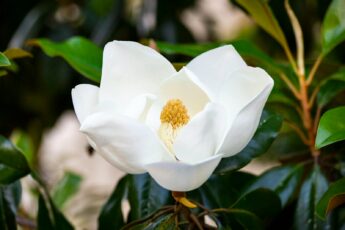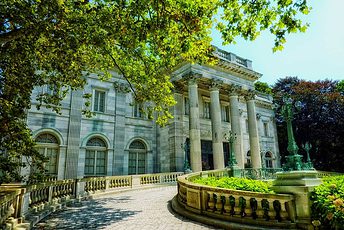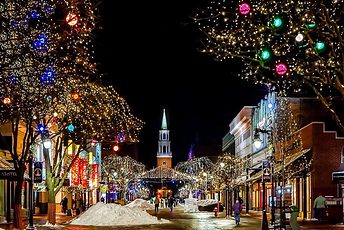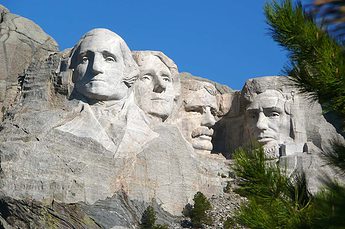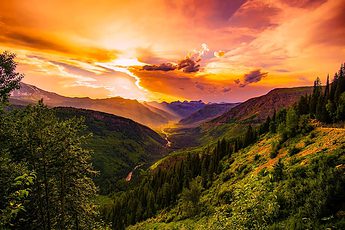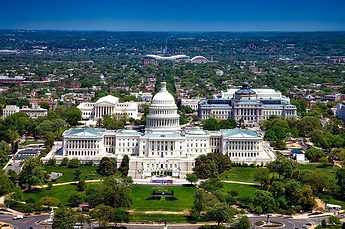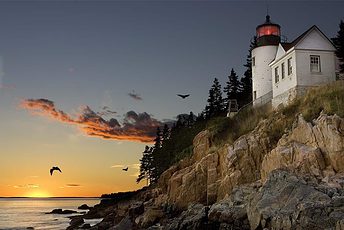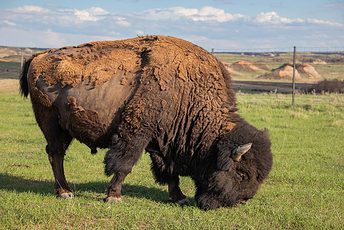Things to do in Maryland often start with a map, then drift quickly into weather checks and last-minute changes - and somehow, that's part of the fun.
One minute, you're tracking clouds over Deep Creek Lake. Next, you're reading about a crab derby in Crisfield or eyeing concert schedules in Baltimore.
It's the kind of place where plans stretch, bend, or vanish altogether. That's not a flaw.
That's Maryland working like it always has - giving people options and letting them figure out the rest. For a small state, it knows how to keep a weekend full.
A State Built for Weekends
It doesn't take long to drive across Maryland. That's part of the design. Cities, coastlines, farmland, and forests sit shoulder to shoulder.
You can leave Baltimore after breakfast and make it to a trailhead in Allegany County by lunch.
If the tide's right, you might be paddling by early afternoon.
This ease of movement turns short breaks into full adventures.
Annapolis offers waterfront walks and colonial history, but 90 minutes south, Assateague Island flips the mood entirely.
There's no polished edge out there - just sand, wild horses, and whatever you packed in.
Head west and the terrain climbs. The air sharpens around Deep Creek Lake.
In fall, people watch the leaves change from the overlook near Swallow Falls.
Come winter, they ski at Wisp. Come spring, the same trails go muddy and green again.
Maryland doesn't need grand statements to fill a calendar.
The terrain handles that. And if you're scanning for things to do in Maryland, you won't run short.
The challenge is picking one and sticking with it... or not.
10 best places to visit in Maryland for your next vacation
- Chesapeake Bay Maritime Museum
- The National Aquarium
- U.S. Naval Academy in Annapolis
- Thomas Point Park
- Maryland Science Center
- Six Flags America & Hurricane Harbor
- Assateague Island National Seashore
- Ocean City Boardwalk
- Deep Creek Lake
- Oriole Park at Camden Yards
| Activity Type | Specific Location | Best Season | Notable Attributes |
|---|---|---|---|
| Outdoor Recreation | Patapsco Valley State Park | Spring-Fall | Over 200 miles of trails, waterfall access |
| Outdoor Recreation | Assateague Island | Year-round | Wild horses, beach camping, kayaking |
| Outdoor Recreation | Beverly Triton Nature Park | Spring-Summer | Wind sports, direct water access, quiet shoreline |
| Outdoor Recreation | Rocky Gap State Park | Spring-Fall | Lake activities, mountain trails, fishing |
| Historic Site | Fort McHenry, Baltimore | Year-round | War of 1812 site, origin of national anthem |
| Historic Site | Antietam National Battlefield | Year-round | Civil War battlefield, preserved trails and landmarks |
| Historic Site | Maryland State House, Annapolis | Year-round | Oldest active U.S. state capitol |
| Historic Site | St. Mary's City | Spring-Fall | Archaeological site, early colonial settlement |
| Museum/Culture | Walters Art Museum | Year-round | Ancient to 19th-century art, free admission |
| Museum/Culture | American Visionary Art Museum | Year-round | Self-taught artists, rotating exhibits |
| Museum/Culture | B&O Railroad Museum | Year-round | Historic trains, original telegraph site |
| Museum/Culture | National Aquarium | Year-round | 20,000+ animals, rooftop rainforest |
| Culinary | Lexington Market, Baltimore | Year-round | Crab cakes, local vendors, historic market |
| Culinary | Cantler's Riverside Inn | Spring-Fall | Waterfront crab house, no reservations |
| Culinary | Ocean City Boardwalk | Summer | Iconic fries, ice cream, seaside dining |
| Culinary | Little Italy, Baltimore | Year-round | Italian pastries, neighborhood dining |
| Festival/Event | Maryland Renaissance Festival | Aug-Oct | 27-acre fairgrounds, live performances |
| Festival/Event | National Hard Crab Derby | Labor Day Weekend | Boat docking, crab races, community tradition |
| Festival/Event | Preakness Stakes, Baltimore | May | Triple Crown horse race, infield events |
| Festival/Event | Chesapeake Bay Balloon Festival | August | Hot air balloon rides, early morning launches |
Outdoor Recreation
Maryland's geography doesn't require much interpretation.
You can go from riverside trails to the Atlantic shoreline in half a day.
Patapsco Valley State Park, straddling Howard and Baltimore counties, lays out more than 200 miles of trails through forests, across streams, and past stone ruins from the 1800s.
It's been part of the state system since 1907. Cascade Falls is a short walk and a favorite photo stop.
Over in Edgewater, Beverly Triton Nature Park faces the South River.
On breezy days, it turns into a launch zone. Kiteboarders and windsurfers show up with gear packed tight in their trunks.
There's no boardwalk or rental counter - just the open bay, parking lot, and a steady wind.
Further east, Assateague Island's 37-mile stretch still feels mostly unbuilt.
The National Park Service manages the Maryland side and includes wild horse sightings, bayside paddling, and walk-in campsites tucked just beyond the dunes.
The horses aren't penned in. They roam, they stop traffic, and they've been doing it for centuries.
In Allegany County, Rocky Gap State Park wraps around a manmade lake with trout fishing and canoe rentals.
To the east, Seneca Creek State Park in Montgomery County mixes suburban ease with over 50 miles of trails.
Some loop through the woods. Others circle a lake. All sit within an hour of D.C., but feel farther than that once you're in.
For anyone skimming weekend plans, these are some of the clearest places to visit in Maryland if you want to stay outside and keep moving.
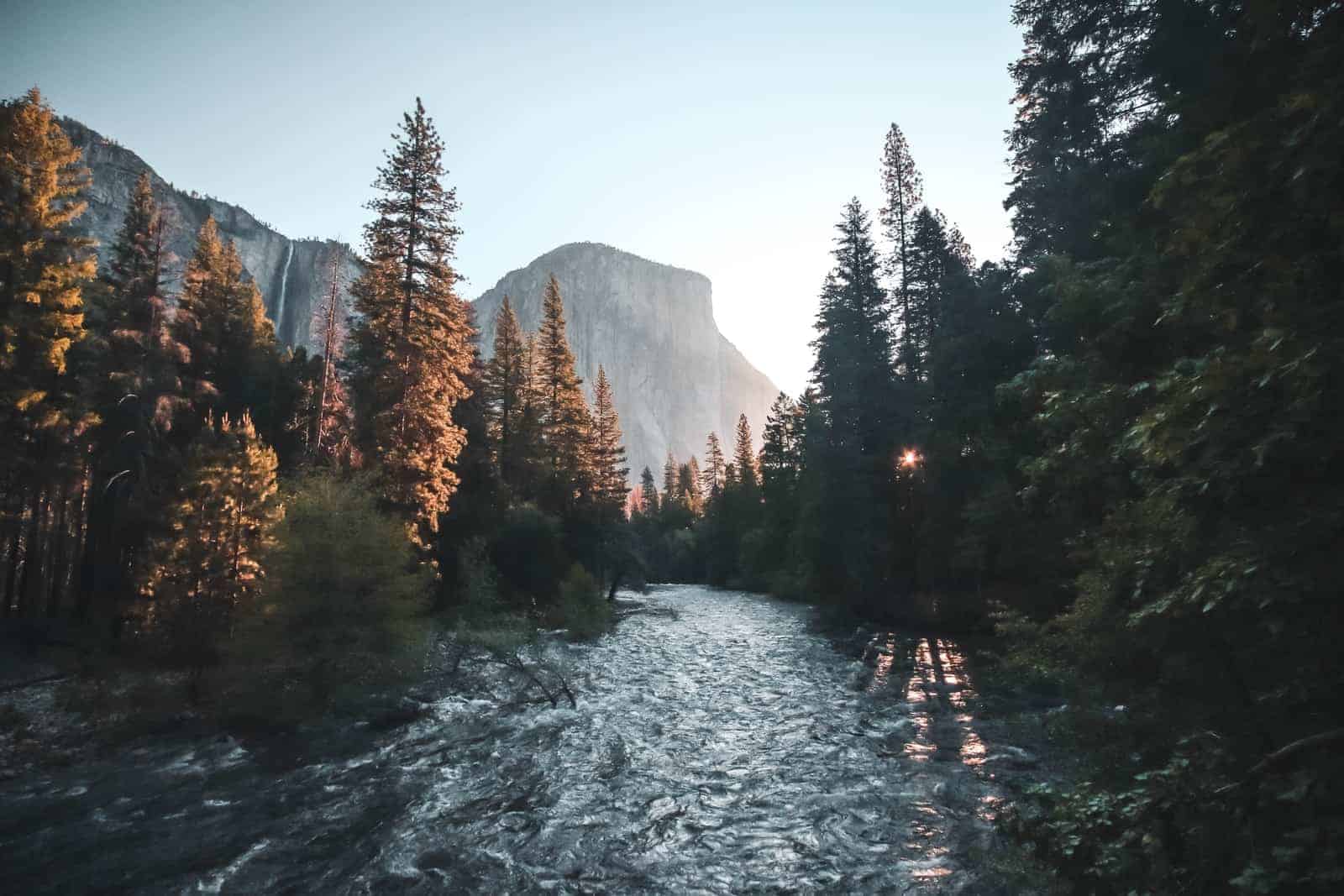
Historical Sites
Maryland's role in early American history wasn't always loud, but it was consistent.
Fort McHenry in Baltimore, overlooking the Patapsco River, held its line from September 13 to 14, 1814.
British forces launched their attack from ships. The defenders stood through the night, and when the smoke cleared, the flag was still flying.
Francis Scott Key wrote what he saw, and by 1931, his words became the national anthem.
Thirty miles south in Annapolis, the Maryland State House has been active since 1772.
It's the oldest U.S. statehouse still in legislative use.
The dome, built entirely of wood, was assembled without nails.
The State House served as the national capital under the Articles of Confederation for four months between 1783 and 1784.
In southern Maryland, Historic St. Mary's City preserves the remains of the state's first colonial settlement, founded in 1634.
Visitors walk across open fields and reconstructed buildings while archaeologists continue work nearby.
The museum doesn't try to freeze things in time. It shows what's still being learned.
Antietam National Battlefield, near Sharpsburg, marks a brutal day - September 17, 1862.
Over 22,000 casualties in one day. The site includes preserved fields, a visitor center, and trails through Bloody Lane and Burnside Bridge.
It's a quiet place now. That contrast stays with people.
Back in Baltimore, Mount Clare Museum House dates to the 1760s.
The house is part of a larger estate that once reached into what's now Carroll Park.
It offers a rare look at colonial life in an urban setting that's grown up around it.
For people tracing where to go in Maryland for context and chronology, these sites do that without trying to impress you.
They let the dates and places speak.
Museums and Cultural Attractions
Baltimore's museum options are close together but carry different weights.
The Walters Art Museum holds ancient coins, medieval manuscripts, and 19th-century portraits.
Founded by William Walters and his son Henry, it opened to the public in 1934.
Admission is still free, and its galleries never feel overwhelming.
The American Visionary Art Museum, a few blocks south, doesn't follow those rules.
It leans into works by self-taught artists - pieces made with bottle caps, carved wood, or scraps of wire.
The museum opened in 1995 in a former industrial space near Federal Hill.
Its exhibits shift often but stay unpredictable.
If you're tracing what to see in Maryland by train, the B&O Railroad Museum sits nearby.
It opened in 1953 on the grounds of the original Mount Clare Station.
This was the site of the first passenger train trip in the U.S., taken on May 22, 1830.
Today, the museum runs weekend train rides and houses more than 200 pieces of rolling stock.
The National Aquarium, opened in 1981, sits on Baltimore's Inner Harbor.
It brings in over a million visitors each year. Sharks, stingrays, Australian reptiles, and a rooftop rainforest fill the space.
It doesn't lean on gimmicks - just tanks, pathways, and quiet observation decks.
One pier over, the Maryland Science Center offers hands-on exhibits, a planetarium, and IMAX films.
It opened in 1976, but its roots go back to the 1797 Maryland Academy of Sciences.
The mix of current tech and old curiosity hasn't shifted much.
These spots land on many lists of attractions in Maryland, but they stay grounded.
They don't all try to do the same thing - and that's the point.
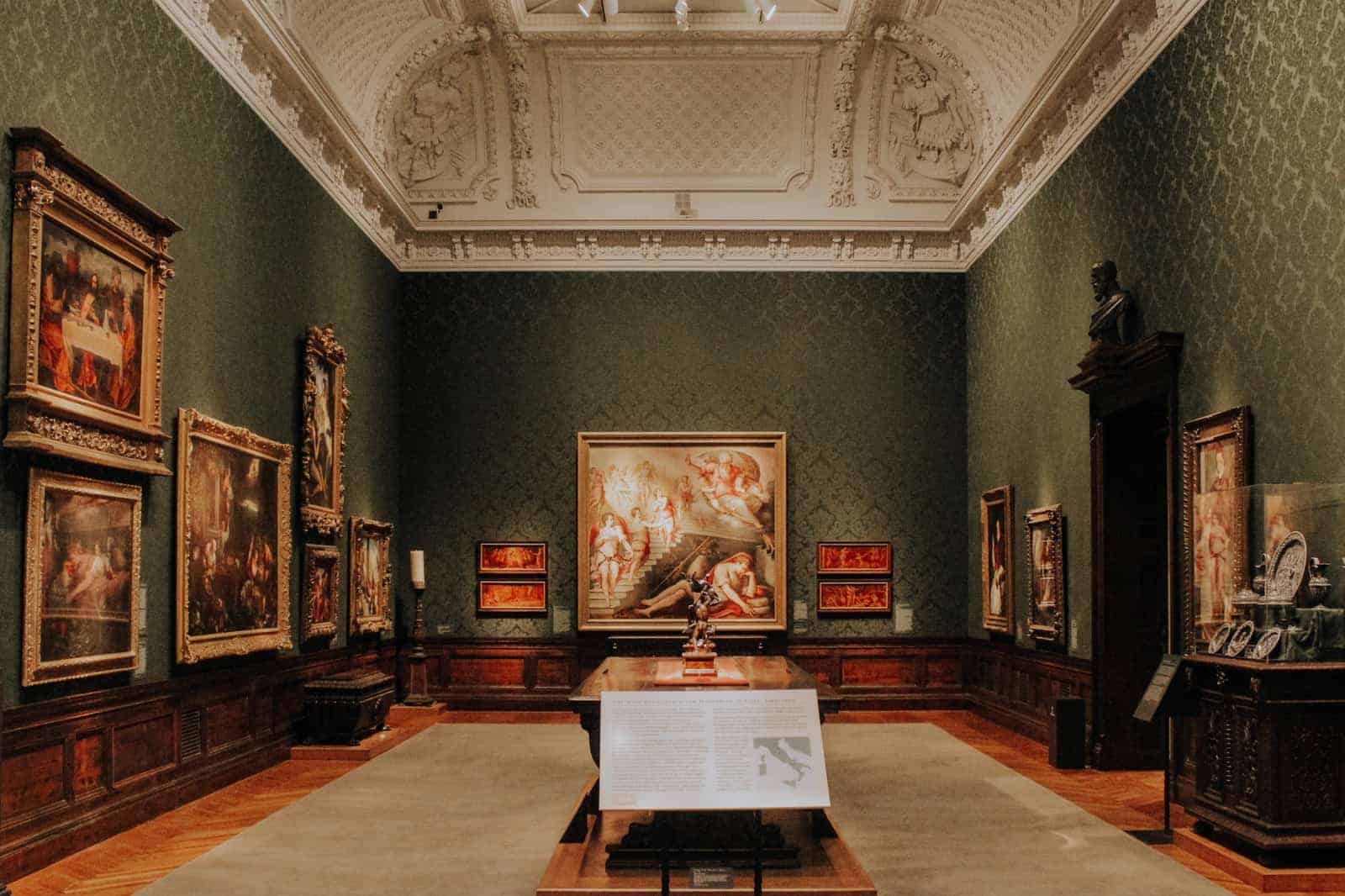
Culinary Highlights
Lexington Market may be modernized now, but its rhythm hasn't changed much.
The new building opened in 2022 with glass walls and open spaces, but longtime vendors stayed.
Faidley's Seafood still sells lump crab cakes on wax paper, as it has since the 1880s.
Annapolis handles food with less pace but more ceremony.
Cantler's Riverside Inn sits on Mill Creek and draws a waitlist most weekends in summer.
No printed menus. Crabs by the dozen. Buttered corn, cold beer, and brown paper table covers. That's the model.
On the Eastern Shore, food often mixes with travel.
Talbot County's vineyards and distilleries host tastings on weekends.
These aren't big operations. Most of them turn out in small batches, with guided pours and long explanations.
The pace slows down, especially in places like St. Michaels and Trappe.
Ocean City doesn't need a menu to move food. Thrasher's French Fries has been serving fresh-cut fries since 1929.
Dumser's Dairyland has been scooping ice cream since 1946.
People eat standing up. No reservations. No ceremony.
Baltimore's Little Italy, tucked just east of the Inner Harbor, stays steady.
Vaccaro's, founded in 1956, still draws long lines for cookies and gelato.
The shops don't chase trends. They keep the pace they've always kept.
If you're looking for what to eat in Maryland, it's there.
In old markets, creekside shacks, and corner bakeries. You won't need a map - you'll probably smell it first.
Seasonal Events and Festivals
Some events in Maryland only make sense once you see them up close.
The Maryland Renaissance Festival in Crownsville runs from late August to October.
It started in 1977 and has grown into a 27-acre village with shops, stages, and food stands.
It's built for walking. People come in costume. Others don't. Both approaches work.
Crisfield's National Hard Crab Derby falls on Labor Day weekend.
It began in 1947 and has remained largely unchanged. The core events include crab races, boat-docking contests, a carnival, and gospel music.
For three days, the town's population triples.
Baltimore's Preakness Stakes happens on the third Saturday in May at Pimlico Race Course.
It's been run since 1873. It's the second race in the Triple Crown.
On the infield, there's music and tailgating. In the stands, it's coats, hats, and tradition.
The Maryland Film Festival started in 1999 and now anchors itself in Baltimore's Station North Arts District.
Screenings span several venues, including the historic Parkway Theatre.
It brings in small productions and first-time directors, often with Q&As that stretch long past the credits.
In Easton, the Chesapeake Bay Balloon Festival rises for a weekend each August.
Most balloons launch just after sunrise. Tethered rides, live music, and vendor stalls fill out the rest of the day.
If the weather turns, schedules shift fast.
But when the skies are clear, it's a quiet scene - just flame bursts, floating color, and long stretches of silence overhead.
Among the things to do in Maryland during summer, these festivals hold steady.
Their shape hasn't changed much. That's part of the reason they still work.
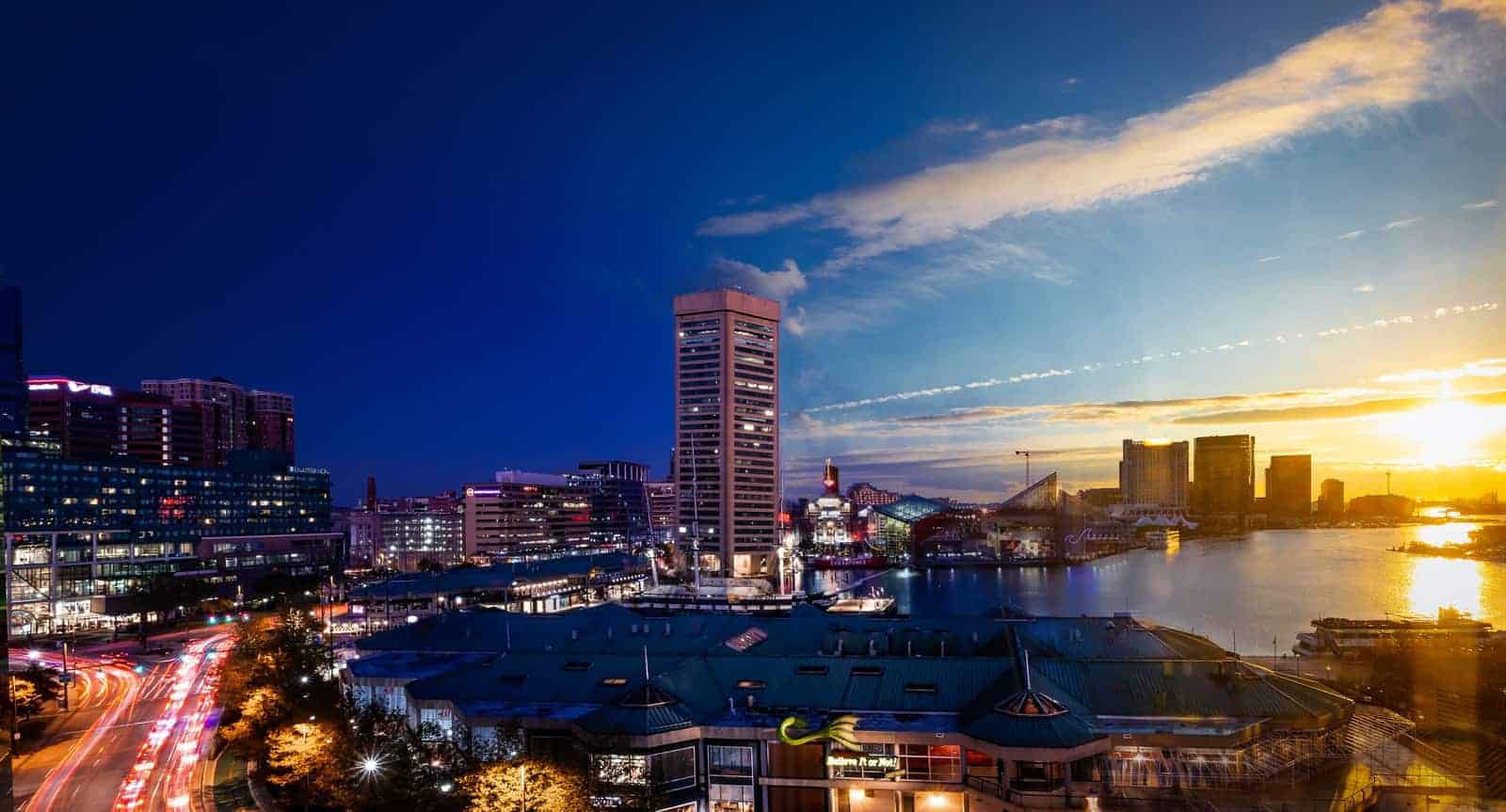
FAQ
What is the number one attraction in Maryland?
The National Aquarium in Baltimore draws the most visitors each year.
Opened in 1981, it holds over 20,000 animals and anchors the Inner Harbor.
It's not flashy on the outside, but once inside, the scale and layout hold attention without much effort.
What is Maryland best known for?
Crabs and the Chesapeake Bay. Those two are often tied together, and for good reason.
From watermen hauling traps at sunrise to backyard tables covered in brown paper and Old Bay - that rhythm hasn't changed much.
What is the prettiest place in Maryland?
Assateague Island holds its own. It stretches along the Atlantic with dunes, marshes, and wild horses.
Most days, it's quiet. Some stretches don't even have footprints, and that kind of space doesn't exist in many coastal states anymore.
Is Maryland good for tourists?
Yes, but not in the billboard way.
Maryland works better for people who like driving short distances, trying local food, walking through old towns, or sitting on a dock without checking their phones.
It's not a big-swing state, but it gets the details right.
What is the nicest city in Maryland?
Annapolis moves at its own pace. It's walkable, right on the water, and holds more history than it lets on.
Sailboats are in the harbor, brick streets are downtown, and there is no need to rush - that's most of the draw.
What is Maryland's favorite food?
Steamed blue crabs. No debate. Served by the dozen, covered in seasoning, cracked open by hand.
It's less about presentation and more about the process: Mallets, butter, vinegar, and time.
What is Maryland unique for?
The mix. Bay, mountains, farmland, and city all sit within a few hours' drive.
That size works in its favor. People can go from a hike to a crab house without changing shoes. And most weekends, they do.
🧭 Maryland Trip Planning Resources
Here's a helpful list of trusted links to plan your Maryland visit - parks, cities, transportation, events, and more - all in one place.
- 🌐 Visit Maryland - Official Tourism Website
Explore destinations, seasonal events, and regional guides across the state. - 🏞️ Maryland State Parks - Department of Natural Resources
Info on hiking trails, campgrounds, and natural attractions managed by the state. - 🏛️ Maryland Historical Trust - Heritage Tourism
Details on historic places, scenic byways, and preservation-focused travel. - 🚍 Maryland Transit Administration
Find schedules, fares, and connections for public transit throughout the region. - 📍 Maryland Welcome Centers
Locations and services at highway welcome centers statewide. - 🎉 Maryland Events Calendar
Listings of festivals, parades, and seasonal celebrations around the state. - 🧳 Maryland Visitor Resources
State portal for visitors - travel info, lodging links, and more. - 🌆 Visit Baltimore - Official Travel Website
A complete guide to Baltimore's food, attractions, museums, and neighborhoods.
🍀

